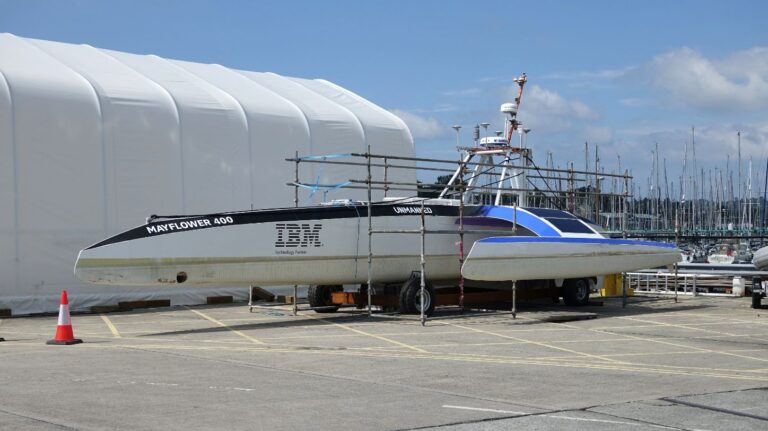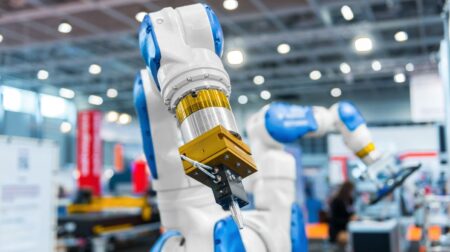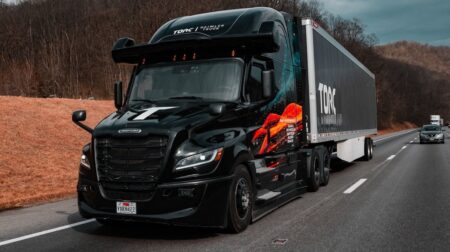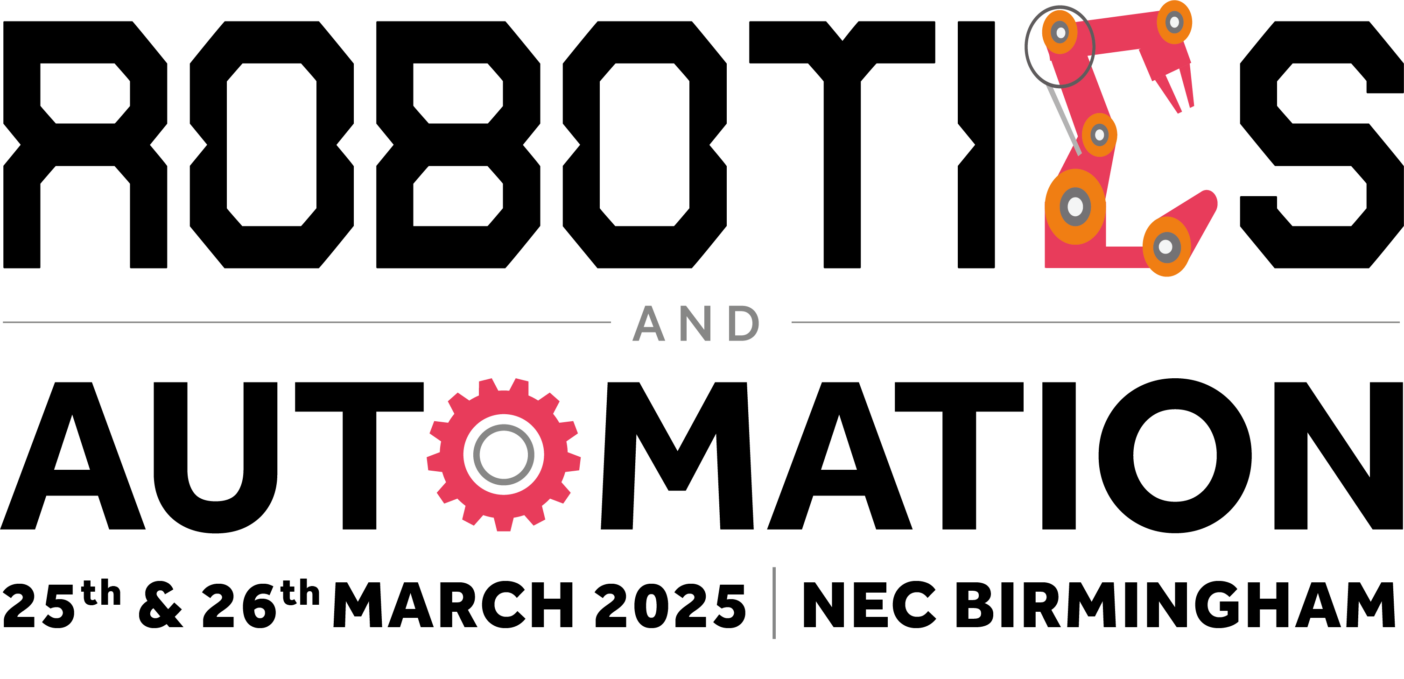A crewless robotic boat retracing the 1620 sea voyage of the Mayflower has landed near Plymouth Rock.
The autonomous Mayflower ship met with an escort boat as it approached the Massachusetts shoreline, more than 400 years after its namesake’s historic journey from England.
It was towed into Plymouth Harbor – per US Coast Guard rules for crewless vessels – and docked near a replica of the original Mayflower that brought the pilgrims to the USA.
Piloted by AI technology, the 50ft (15m) trimaran didn’t have a captain, navigator or any humans on board.
The solar-powered ship’s first attempt to cross the Atlantic in 2021 was beset with technical problems, forcing it back to its home port of Plymouth, England – the same place pilgrim settlers sailed from in 1620.
It set off from the southwest English coast again in April but mechanical difficulties diverted it to Portugal’s Azores islands and then to Canada.
“When you don’t have anybody onboard, you obviously can’t do the mechanical, physical fixes that are needed,” said Rob High, a software executive at IBM helping to work on the project. “That’s also part of the learning process.”
On Monday June 27, it departed Halifax, Nova Scotia for a successful four-day journey to Plymouth Harbor.
Nonprofit marine research organisation ProMare worked with IBM to build the ship and has been using it to collect data about whales, microplastics pollution and for other scientific research.
Small autonomous experimental vessels have crossed the Atlantic before but researchers described it as the first ship of its size to do so.
According to High, the voyage’s completion means IBM can start analysing data from the ship’s journey and dig into the AI system’s performance, adding that the prospect of crewless vessels navigating the seas on a continuous basis will make it easier to collect “all the kinds of things that marine scientists care about”.








